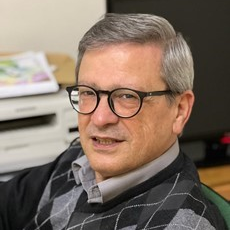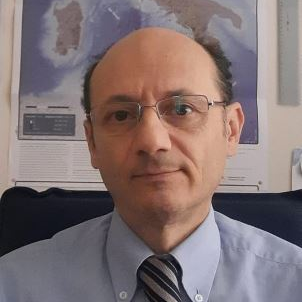The Sustainable Management of Geodiversity: Following Studies on Heritage for Conservation
A special issue of Sustainability (ISSN 2071-1050). This special issue belongs to the section "Sustainability in Geographic Science".
Deadline for manuscript submissions: closed (15 January 2023) | Viewed by 31381
Special Issue Editors
Interests: geomorphology; geological heritage; landslides; soil erosion; climate changes
Special Issues, Collections and Topics in MDPI journals
Interests: natural hazards; historical seismicity; historical floods; historical landslides; disaster response; natural hazard insurance; natural hazards and cultural heritage; heritage science; bibliometrics
Special Issues, Collections and Topics in MDPI journals
Interests: geomorphology; geological heritage; structural geology
Special Issues, Collections and Topics in MDPI journals
Special Issue Information
Dear Colleagues,
The sustainable management of geodiversity is vital to ensure for future generations the possibility of experiencing the geological peculiarities of the Earth. The knowledge of geological history of the Earth is as important as the history of men. It is well-known worldwide that geodiversity, and particularly the geological heritage, is an irreplaceable natural resource and therefore any loss of sites with geological peculiarities must be avoided. This can be accomplished by utilizing all the available protection tools. To deal with all the problems concerning the sustainable management of geodiversity it is necessary to engage a multidisciplinary approach using economic, managerial, geological and geoconservation aspects of the administration of areas. It often happens that, after studying an area which has high geodiversity and the potential to become an important economic resource, the necessary skills to manage it are lacking. As such, references on the management problem together with all professionals involved are needed.
The Special Issue aims to collect papers that address issues related to the sustainable management of geodiversity. Therefore, we invite you to contribute to this Issue by submitting wide-ranging reviews, novel case studies, or research articles. Furthermore, it would be preferable submit papers addressed to specific and exemplary situation on the management of geodiversity, from an economic, social, and cultural points of view. Although, great progress has been made in recent years in the study of the geological heritage, which is preliminary to proper conservation, there still remains more work to be done. Examples of contents include but are not limited to:
- Geoheritage and geodiversity: protection, conservation, enhancement and touristic fruition;
- Geoheritage and geodiversity perception by people;
- Geoheritage and geodiversity education;
- New ICT technologies for geoheritage and geodiversity
- Geoheritage, geodiversity in relationship with urban areas;
- (New) Methods for assessing geodiversity;
- Cultural function of geodiversity;
- Geomatics and GIS for geodiversity inventory;
- Connecting geodiversity, biodiversity and society;
- Connecting biodiversity and geodiversity across scales using remote sensing
We would like to draw your attention to the preparation and presentation of original contributions on the following topics: Study and Sustainable management of geodiversity vs conservation of heritage.
This Special Issue will bring together scientific contributions dedicated to current studies on geodiversity and how to manage it in a sustainable way. In addition, original contributions are welcome that address the topic of conservation of the geological heritage.
The main objective of the Special Issue is to update the state of the art of the following topics: study of geodiversity, sustainable management of geodiversity, reduction of the environmental impact associated with geotourism and geoconservation.
The Special Issue will therefore consider updating the existing literature by integrating different investigative approaches, with particular attention to sustainable development and future generations. Do not hesitate to contact us for further information on this special volume. Many thanks in advance for your interest and best regards.
Dr. Mario Bentivenga
Dr. Fabrizio Terenzio Gizzi
Dr. Giuseppe Palladino
Dr. Eva Pescatore
Guest Editors
Manuscript Submission Information
Manuscripts should be submitted online at www.mdpi.com by registering and logging in to this website. Once you are registered, click here to go to the submission form. Manuscripts can be submitted until the deadline. All submissions that pass pre-check are peer-reviewed. Accepted papers will be published continuously in the journal (as soon as accepted) and will be listed together on the special issue website. Research articles, review articles as well as short communications are invited. For planned papers, a title and short abstract (about 100 words) can be sent to the Editorial Office for announcement on this website.
Submitted manuscripts should not have been published previously, nor be under consideration for publication elsewhere (except conference proceedings papers). All manuscripts are thoroughly refereed through a single-blind peer-review process. A guide for authors and other relevant information for submission of manuscripts is available on the Instructions for Authors page. Sustainability is an international peer-reviewed open access semimonthly journal published by MDPI.
Please visit the Instructions for Authors page before submitting a manuscript. The Article Processing Charge (APC) for publication in this open access journal is 2400 CHF (Swiss Francs). Submitted papers should be well formatted and use good English. Authors may use MDPI's English editing service prior to publication or during author revisions.
Keywords
- Sustainable Management
- Geodiversity, Heritage
- Conservation








